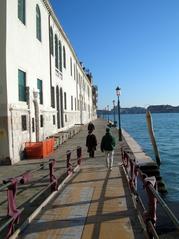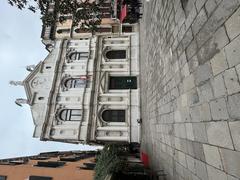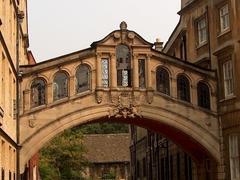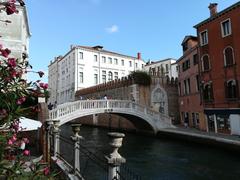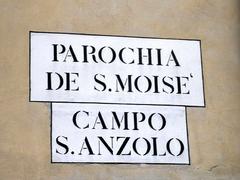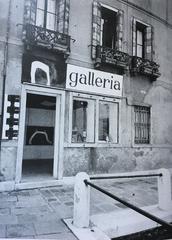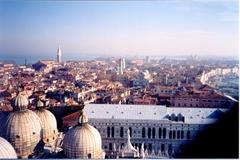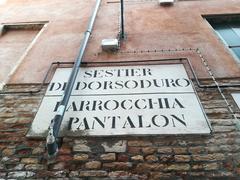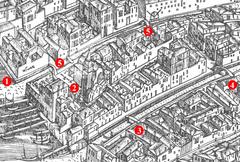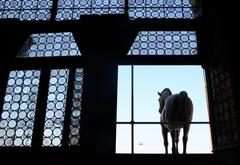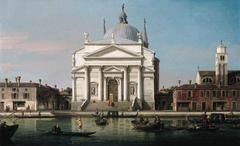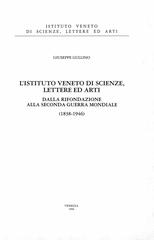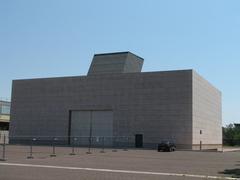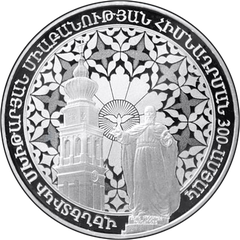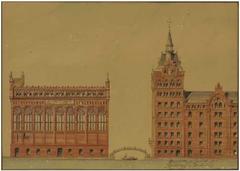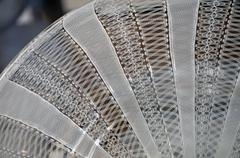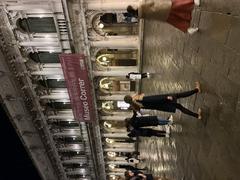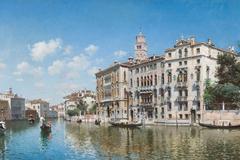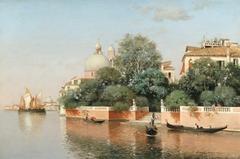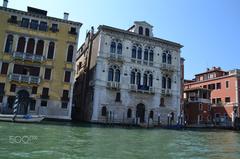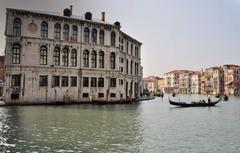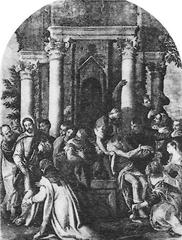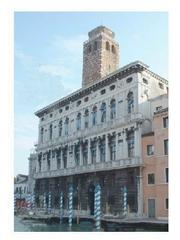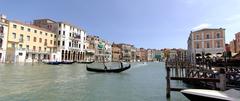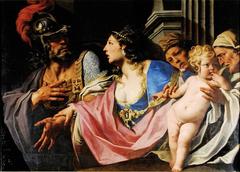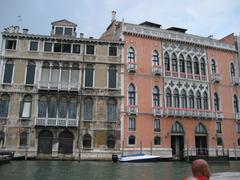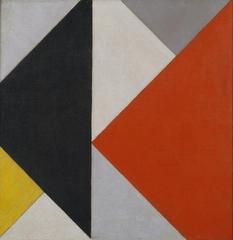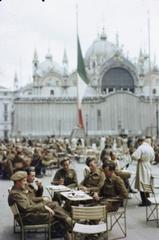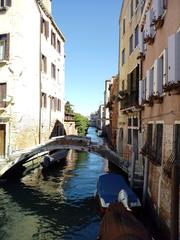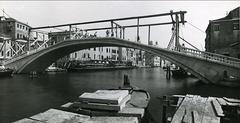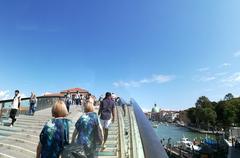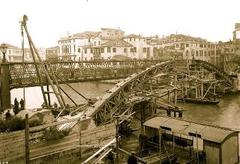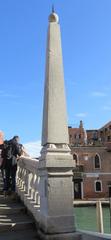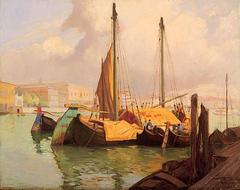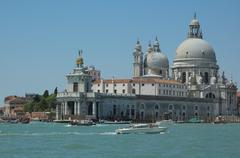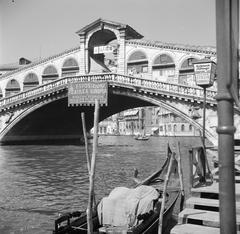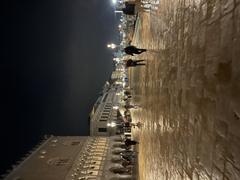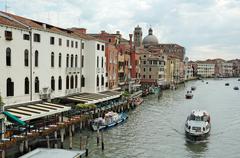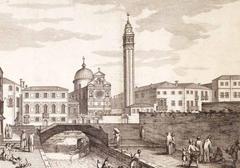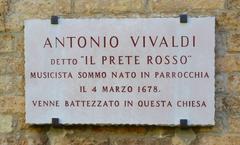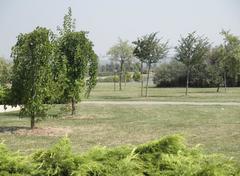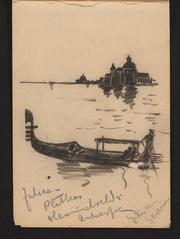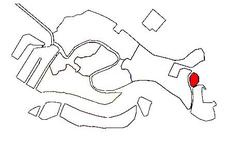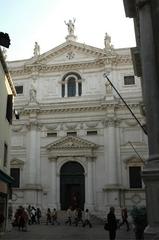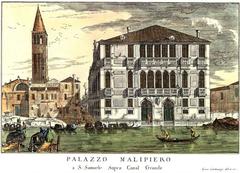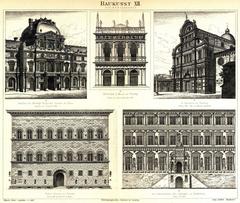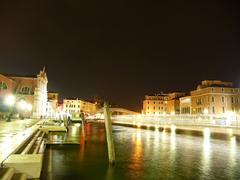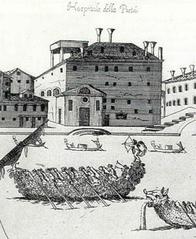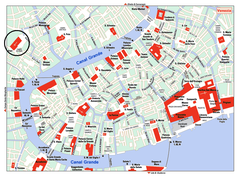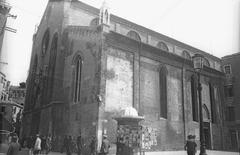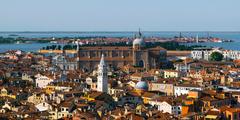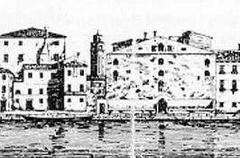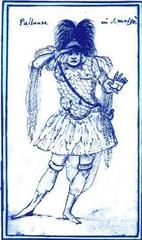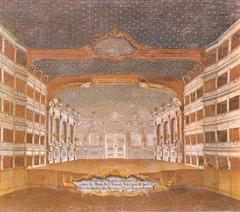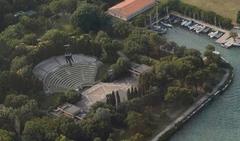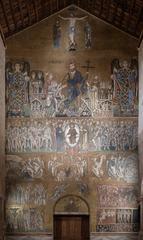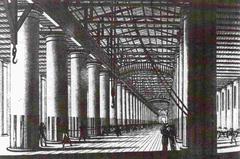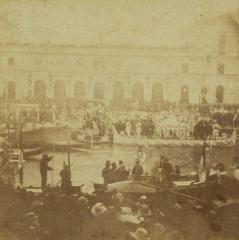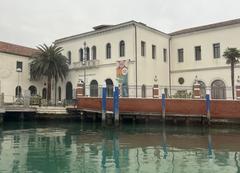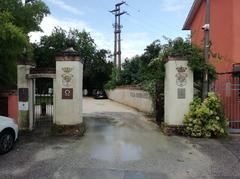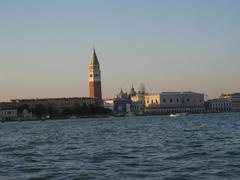
Visiting Campo San Stin Venice: Guide to Visiting Hours, Tickets, and More
Publication Date: 18/08/2024
Introduction to Campo San Stin
Campo San Stin, a charming square nestled in Venice’s historic San Polo district, offers a unique blend of rich history, architectural marvels, and cultural significance. Established in the sixteenth century, Campo San Stin stands as a testament to Venice’s dynamic past, marked by the presence and subsequent demolition of the Church of San Stin by Napoleon (Goparoo). The square is characterized by its historical residential architecture, including the house of Barbacani and other low houses, which exemplify the Venetian Gothic style (Venice Insider Guide). At its heart lies a well adorned with bas-relief decorations dedicated to Saint Stephen, symbolizing the communal spirit of the Venetian people (Goparoo). Today, Campo San Stin continues to serve as a vibrant social and cultural hub, attracting both locals and visitors with its preserved historical essence and modern adaptations.
Contents Overview
- Introduction
- Historical Background
- Origins and Development
- Architectural Significance
- The Well of Campo San Stin
- Impact of Napoleon’s Rule
- Social and Cultural Hub
- Visitor Information
- Visiting Hours and Tickets
- Travel Tips
- Preservation and Modern Use
- Historical Context within Venice
- Influence of Venetian Art
- Special Events and Guided Tours
- Photographic Spots
- Conclusion
- FAQ
Historical Background
Origins and Development
Campo San Stin, located in the San Polo district of Venice, is a historical square that dates back to the sixteenth century. This area is emblematic of Venetian social and architectural history, reflecting the city’s evolution over centuries. The square’s name is derived from the Church of San Stin, which once stood here before its demolition by Napoleon. The church’s presence and subsequent removal are significant markers in the timeline of Campo San Stin, illustrating the impact of political changes on Venice’s urban landscape (Goparoo).
Architectural Significance
The architecture surrounding Campo San Stin offers a glimpse into the past, showcasing the wealth and social status of its historical residents. The house of Barbacani and other low houses around the square are prime examples of Venetian residential architecture. These buildings, along with the nearby Scuola Grande di San Giovanni Evangelista, highlight the area’s historical importance as a center of social and economic activity. The Scuola Grande di San Giovanni Evangelista, in particular, is a notable example of Venetian Gothic architecture and has been a significant institution in the city since its founding in the 13th century (Venice Insider Guide).
The Well of Campo San Stin
A central feature of Campo San Stin is its well, which is adorned with bas-relief decorations dedicated to Saint Stephen. This well is not only an architectural marvel but also a historical artifact that speaks to the communal life of the area. The well bears a commemorative inscription regarding Jacobus Barbaro, who had it built for the common use of all the surrounding area’s inhabitants. This act of providing a public water source underscores the community-oriented spirit of the Venetian people during that era (Goparoo).
Impact of Napoleon’s Rule
The demolition of the Church of San Stin by Napoleon is a pivotal event in the history of Campo San Stin. This act was part of a broader campaign by Napoleon to secularize and modernize the territories he conquered. The removal of the church not only altered the physical landscape of the square but also marked a shift in the cultural and religious life of the community. The painting by Bernardo Bellotto, which depicts the square before the church’s demolition, serves as a valuable historical record of Campo San Stin’s original appearance (Goparoo).
Social and Cultural Hub
Throughout its history, Campo San Stin has been a vibrant social and cultural hub. The square’s design and the surrounding buildings were intended to facilitate social interaction and community gatherings. This tradition continues today, as the square remains a popular meeting place for both locals and visitors. The presence of nearby attractions such as the Scuola Grande di San Giovanni Evangelista further enhances the square’s role as a cultural center. The scuola, with its rich history and stunning architecture, attracts numerous visitors, contributing to the lively atmosphere of Campo San Stin (Venice Insider Guide).
Visitor Information
Visiting Hours and Tickets
Campo San Stin is accessible to the public at all times as it is an open square. However, for those interested in visiting the nearby Scuola Grande di San Giovanni Evangelista or other attractions, it is recommended to check their specific visiting hours and ticket prices in advance. Generally, the Scuola Grande di San Giovanni Evangelista is open from 9:00 AM to 6:00 PM, and tickets can be purchased on-site or online.
Travel Tips
- Getting There: Campo San Stin is easily accessible on foot from various points in Venice. It is a short walk from the Rialto Market and can be reached via the San Tomà vaporetto stop.
- Nearby Attractions: Apart from the Scuola Grande di San Giovanni Evangelista, visitors can explore the Frari Church, known for its impressive artworks, and the Rialto Market for a vibrant local experience.
- Best Time to Visit: The square is less crowded in the early morning or late afternoon, making these the best times for a leisurely visit.
Preservation and Modern Use
In recent years, efforts have been made to preserve the historical integrity of Campo San Stin while adapting it for modern use. The square has been maintained to reflect its historical significance, with careful attention given to preserving its architectural features. At the same time, the area has been integrated into the broader urban fabric of Venice, serving as a link between the past and the present. This balance between preservation and modernization ensures that Campo San Stin remains a relevant and vibrant part of Venice’s cultural landscape (Venice Insider Guide).
Historical Context within Venice
Campo San Stin is one of many campi (squares) in Venice that hold historical and cultural significance. The term “campo” itself is rooted in the city’s medieval history, when these open spaces were used for agricultural purposes. Over time, campi evolved into social and commercial centers, reflecting the changing needs and priorities of Venetian society. Today, each campo in Venice tells a unique story, contributing to the rich tapestry of the city’s history. Campo San Stin, with its distinctive features and historical background, is a key part of this narrative (Venice Wiki).
Influence of Venetian Art
The artistic heritage of Venice is also reflected in Campo San Stin. The square and its surroundings have inspired numerous artists over the centuries, contributing to the city’s reputation as a center of art and culture. The painting by Bernardo Bellotto, which captures the square before the demolition of the Church of San Stin, is a testament to the area’s artistic significance. This painting, along with other works of art, helps to preserve the historical memory of Campo San Stin and provides valuable insights into the city’s past (Goparoo).
Special Events and Guided Tours
Campo San Stin often hosts special events, including local festivals and cultural performances. These events provide a unique opportunity to experience the vibrant community life of Venice. Additionally, guided tours are available for those who wish to delve deeper into the history and significance of the square. These tours often include visits to nearby attractions and provide a comprehensive understanding of the area’s historical and cultural context.
Photographic Spots
For photography enthusiasts, Campo San Stin offers numerous picturesque spots. The well, with its intricate bas-relief decorations, and the surrounding Venetian Gothic architecture provide excellent photo opportunities. Early morning or late afternoon light enhances the beauty of the square, making it an ideal time for capturing memorable shots.
Conclusion
Campo San Stin’s rich historical background, architectural significance, and role as a social and cultural hub make it a must-visit destination for anyone interested in the history and heritage of Venice. The square’s evolution over the centuries, from a religious center to a vibrant community space, reflects the broader changes in Venetian society. Today, Campo San Stin stands as a testament to the city’s enduring legacy and its ability to adapt and thrive in the face of change. For more information and to plan your visit, check out the official Campo San Stin website.
FAQ
Q: What are the visiting hours for Campo San Stin?
A: Campo San Stin is accessible to the public at all times as it is an open square. For specific attractions nearby, check their individual visiting hours.
Q: Is there an entry fee to visit Campo San Stin?
A: There is no entry fee to visit Campo San Stin itself. However, nearby attractions like the Scuola Grande di San Giovanni Evangelista may require tickets.
Q: How do I get to Campo San Stin?
A: Campo San Stin is easily accessible on foot and is a short walk from the Rialto Market. It can also be reached via the San Tomà vaporetto stop.
Q: What are some nearby attractions?
A: Nearby attractions include the Scuola Grande di San Giovanni Evangelista, the Frari Church, and the Rialto Market.
Q: Are there any special events held at Campo San Stin?
A: Yes, Campo San Stin often hosts local festivals and cultural performances. Check local event listings for more information.
Summary and Final Thoughts
Campo San Stin encapsulates the enduring legacy of Venice, blending historical significance with contemporary relevance. The square’s evolution from a religious center, marked by the Church of San Stin, to a bustling community space reflects the broader socio-political changes in Venetian society over the centuries (Goparoo). Its architectural features, like the Venetian Gothic buildings and the well dedicated to Saint Stephen, offer a window into the past while serving modern communal needs (Venice Insider Guide). The ongoing efforts to preserve Campo San Stin ensure that it remains a pertinent cultural landmark, bridging the gap between history and modernity (Venice Insider Guide). For visitors, the square provides a serene yet enriching experience, making it a must-visit destination in Venice. To further explore and plan your visit, check out the official Campo San Stin website.
Sources and Further Reading
- Goparoo, n.d., n.a. https://www.goparoo.com/venice/attractions/campo-san-stin/
- Venice Insider Guide, n.d., n.a. https://veniceinsiderguide.com/campo-santa-margherita-venice-what-to-do/
- Travellers Worldwide, n.d., n.a. https://travellersworldwide.com/best-time-to-visit-venice/
- Touropia, n.d., n.a. https://www.touropia.com/best-time-to-visit-venice/
- Venice Travel Tips, n.d., n.a. https://www.venicetraveltips.com/2-days-in-venice-itinerary/
- Venice Wiki, n.d., n.a. https://venicewiki.org/wiki/Squares_of_Venice:_Campo

